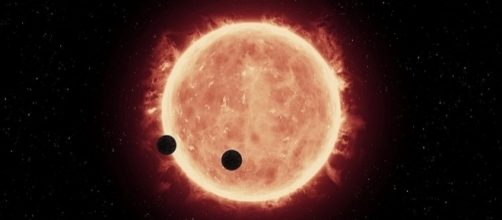When it comes to understanding space, NASA has presented many new discoveries beyond the Milky Way Galaxy. Earlier this year, they discovered seven Earth-like planets with a new Solar System. It was named the "Trappist-1" and has been an incredible discovery in the history of life beyond Earth.
Scientists are continuing to make further progress in finding new planets. A new study is helping them understand the planets that are beyond our solar system. The new research would help improve the search of habitable worlds.
The new process
Researchers have been working around the clock to get better information on exoplanets.
NASA's new study uses a model that simulates the different atmospheric conditions.The model of the study is said to be more realistic in identifying habitable planets that might support life.
Some of the previous models to study different atmospheric conditions were used with a vertical dimension. However, the new research will calculate the atmospheric conditions in three dimensions. According to PhysOrg, researchers will get to observe the most promising planet for habitability. Scientists will be able to read the circulation of the atmosphere much better than the previous models.
Pushing technology to the limits
The space agency is giving it their best shot by pushing technology to the limits.
They will make use of everything in the best way they can. It is a known fact that water is the main source of life, and researchers will try to detect small amounts of water vapor in the habitable planet's atmosphere.
Identifying habitable planets will be their top priority and receiving information on their atmosphere is one of their main aspects.
On the other hand, they will observe the stratosphere and the long-term temperatures on the surface. One of the most important parts is to identify the location of the planet and the distance from its star. If the planets are too close to the star, they could be tidally locked due to gravity. In that case, one side of the planet will have permanent light and the other side away from the star will have permanent darkness.
Even with the present study, it is not an easy task to find habitable planets beyond the Milky Way. Space experts will need to go to the depth of understanding the atmosphere, location and other possibilities for the existence of life. As of now, NASA's new study method will help elaborate on information in a better manner.


